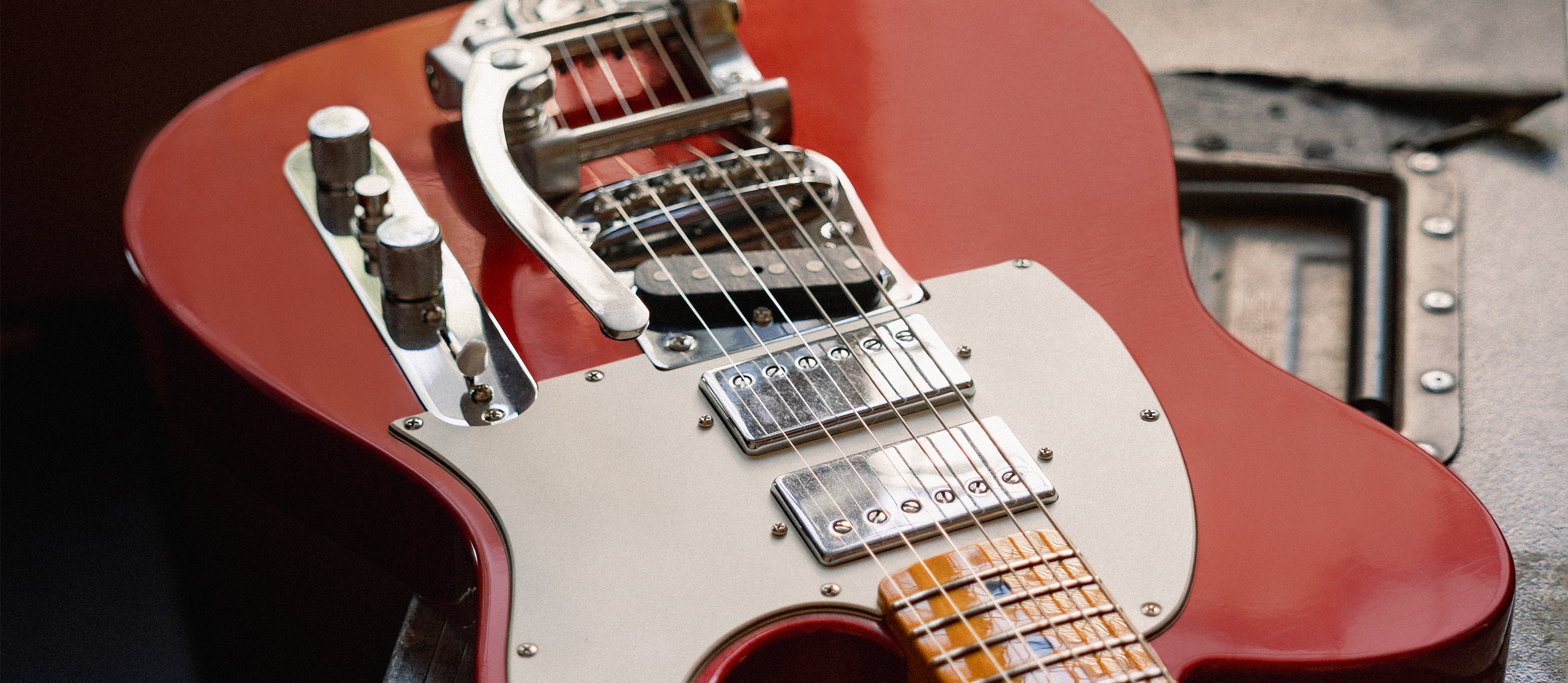“Writing and Recording Isn’t Just About Creating Music… It’s Also an Act of Self-Creation”: Tom Morello Expands on His New Solo Album
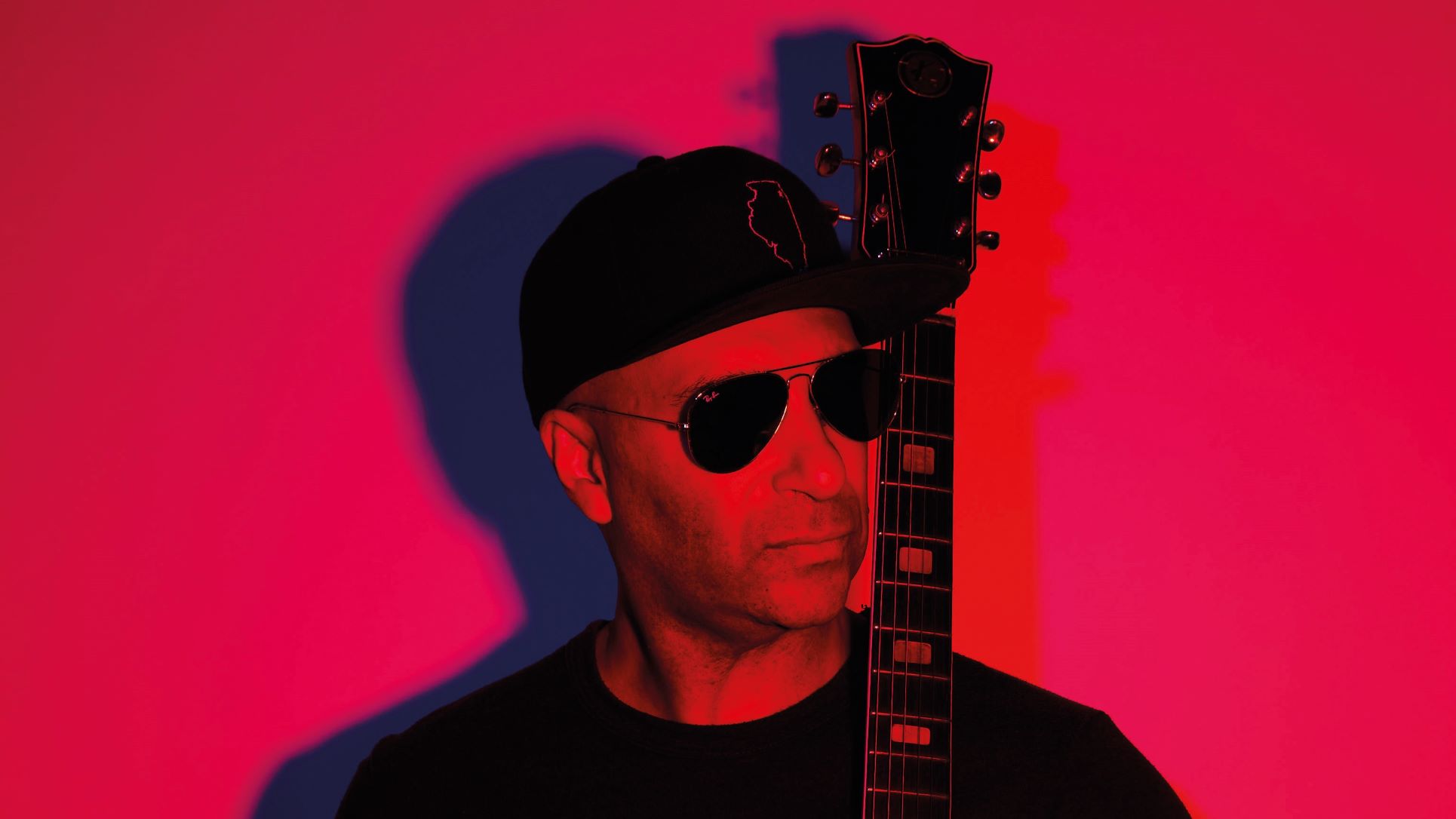
When Rage Against The Machine were forced to reschedule their 2020 reunion tour to 2021 – and then to 2022 – Tom Morello found himself at home for the longest sustained period of his adult life.
While dealing with family demands, the guitarist also experienced something he had encountered before: a seemingly incurable case of writer’s block. “It was a drought in my head, like, ‘I’ve got nothing,’” he says. “For the first four months or so, I was completely uninspired.”
A breakthrough came from an unlikely source, however, when Morello read a Kanye West interview in which the rapper boasted about recording vocals for a new album straight to his iPhone.
Taking the same approach, Morello set his phone on a folding chair in front of a Marshall half-stack, started playing riffs and assorted noises, and before he knew it, the spark of creativity had returned.
“It sounded great,” he says. “I began sending these riffs and licks to producers and artists around the world, and that was the genesis for my new record.”
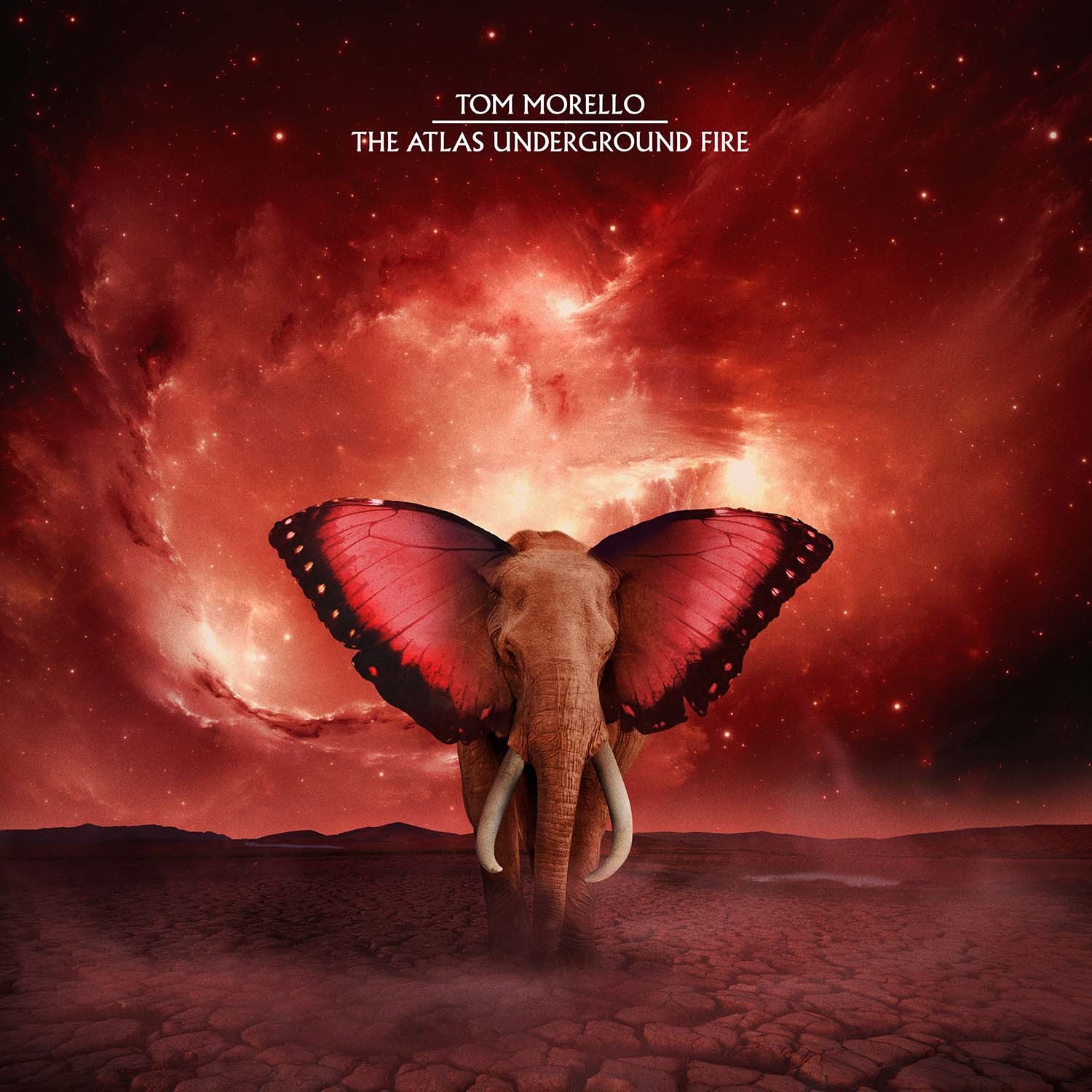
The Atlas Underground Fire (Mom+Pop Music) is Morello’s follow-up to his 2018 solo album, The Atlas Underground, and like that set it’s a collaborative affair, only this time all the recordings were done remotely (the only exception being a 2014 live version of “Highway to Hell” recorded in Australia and featuring Bruce Springsteen and Eddie Vedder).
Its diverse mix of guest artists includes Bring Me the Horizon, Chris Stapleton, Phantogram, Damian Marley, Sama’ Abdulhadi and others, with a range of musical styles that incorporates blazing rock, transfixing dream pop, modern country, crushing EDM and more.
I firmly believe that the electric guitar has a future, not just a past
Tom Morello
Morello’s daredevil, transcendent approach to guitar playing is as fierce as ever. The album brims with superhero riffs, hellfire shredding and all sorts of sonic wackiness, and he maintains that he hasn’t even begun to unlock the instrument’s potential.
“I firmly believe that the electric guitar has a future, not just a past,” he says. “And that future is going to require thinking outside of the box and not just retreading the same old ground hoping for different results.
“That’s why on these Atlas Underground records I really look to try to forge an alloy between my Marshall stack, big riffs, crazy guitar sounds and futuristic bass drops. The idea is that the electric guitar has a lot of room to grow, and I’m trying to prove it on this record.”
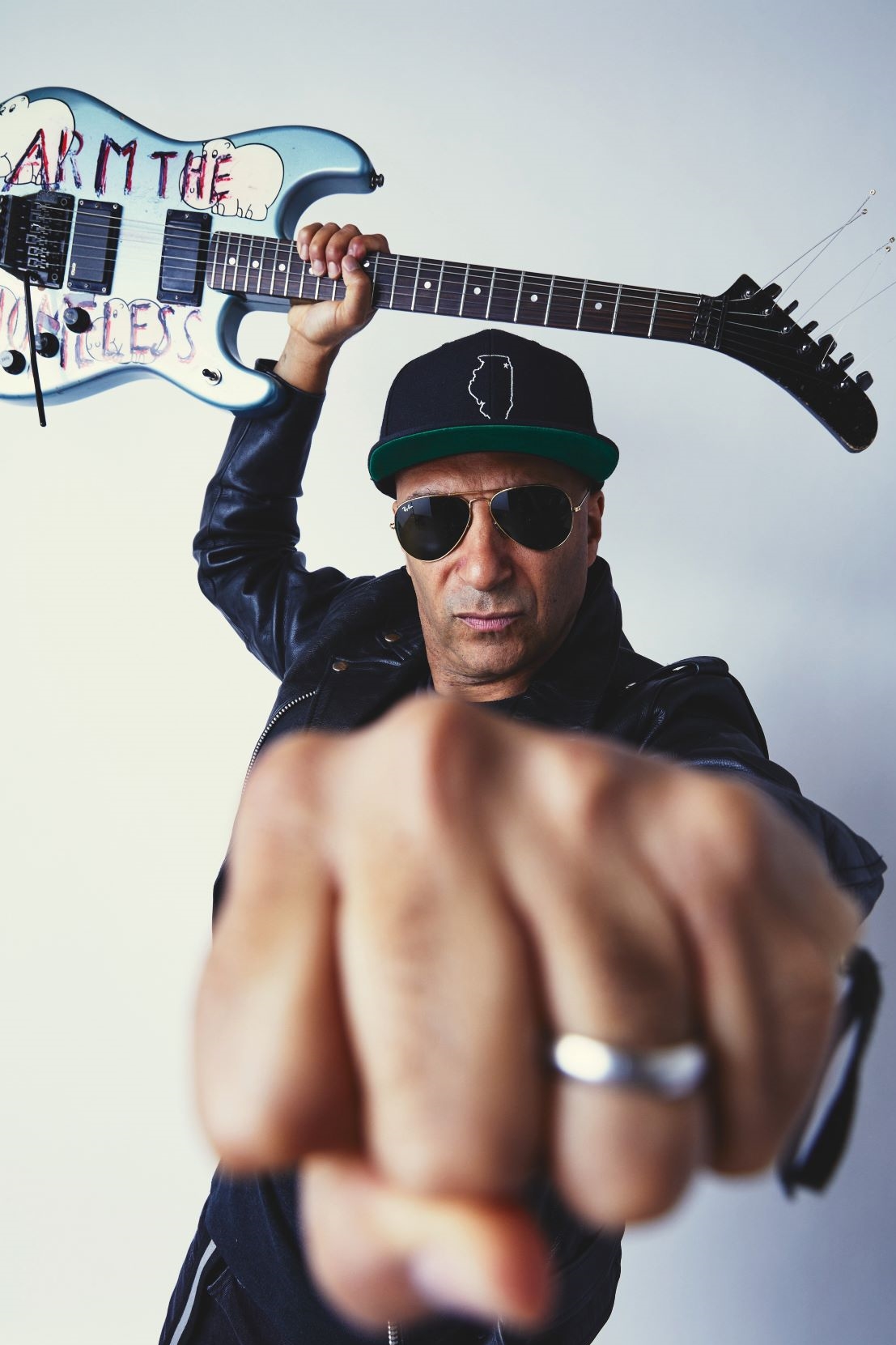
Even though you hold the position that there’s still so much to do on the guitar, are you sometimes surprised by how many players tend to be traditionalists? Do you feel like they’re stuck in one lane?
I don’t know if it’s so much being stuck in a lane. It’s really just loving the tradition of the instrument. There’s absolutely nothing wrong with that, and they should enjoy it. For me, the excitement comes not from just hearing familiar sounds but also from creating sounds previously unknown to mankind.
For me, the excitement comes not from just hearing familiar sounds but also from creating sounds previously unknown to mankind
Tom Morello
I spent my first, whatever, 10 years of being a musician learning the Eddie Van Halen and Randy Rhoads solos. I did my 10,000 hours of chromatic scales.
It was really at the onset of Rage Against the Machine when I started self-identifying as the DJ in the band and started looking at the instrument in different ways, trying to forge a unique, artistic vocabulary on a tried-and-true instrument.
At first, did you have producers and engineers tapping your wrist – “We don’t do that.” We imagine it was fun for you to upset the apple cart.
That is absolutely correct. The first record I made prior to Rage Against the Machine was with a band called Lock Up. I remember I was just in the fledgling stages of figuring out stuff to do with the toggle switch, and the producer hated it.
He was like, “That’s getting in the way of the guitar solo.” And I thought, Maybe that is the guitar solo. There was an internal voice telling me to follow my dreams, but there was this external voice saying, "Crush those dreams in the nest.”
On the new album, you recorded your guitars to your phone. You hadn’t done that before?
Maybe with voicemails, to keep track of ideas, but the idea that “this is the take that’s going on the record” never occurred to me. I’ve got to thank Kanye for that.
Obviously, there were sonic limitations to that approach, but it seems as if you embraced them and used them to your advantage.
Exactly. I mean, listen to the record – those guitars sound like kick-ass electric guitars. The one thing I liked about the process was how it changed the whole creative formula.
Rather than there being four guys in a room looking at each other writing a song, it was me alone every day with my phone going, “What’s the plan for today?” It may be an F-sharp day. It may be a drop-D day or a crazy R2D2 noises day.
You do get some incredible sounds on your phone recordings. Your track with Damian Marley, “The Achilles List,” is a real speaker ripper.
[laughs] Yeah, yeah. There was no science to the process. I remember once my engineer and producer friend Carl [Restivo], who I was sending stuff to, he was like, “Could you just move the phone back a few inches?” I’m like, “I’ll try to remember that tomorrow, man.”
How did your version of “Highway to Hell” with Bruce Springsteen and Eddie Vedder come about?
I was on tour with the E Street Band in Australia, filling in for Steve Van Zandt, and we were in Perth, the birthplace of Bon Scott. I was going to pay my respects to his grave in the Perth Cemetery. It was nighttime, and I couldn’t find his grave – there are no eternal flames burning.
From out of the distance comes this motorbike, and there was this heavyset dude with a German World War II helmet on and a T-shirt that read “I Don’t Give a Shit, But If I Did, You’re the One I’d Give It To.” I’m like, “That guy’s going to know where Bon Scott’s grave is.” [laughs]
Sure enough, he led me right there. I paid my respects, went back to the hotel bar and saw Bruce Springsteen. I said, “Do you think there’s any way that the circle of the E Street Band and the circle of AC/DC might overlap?” And he was like, “Never thought about that before,” but he went upstairs and thought about it.
We began rehearsing “Highway to Hell” at soundchecks, and then we found ourselves in this huge Melbourne soccer stadium with 80,000 people. Eddie Vedder happened to be at the show; he came down to see Bruce.
A lightbulb went off. I knocked on Bruce’s dressing room door and said, “We’re in Australia, where AC/DC is king, where ‘Highway to Hell’ is the unofficial national anthem of rock and roll liberation. What if we open the show with ‘Highway to Hell’ with Eddie Vedder?” And he was like, “That sounds like a pretty good idea.”
We did it, and it was an apex moment in the history of live rock and roll.
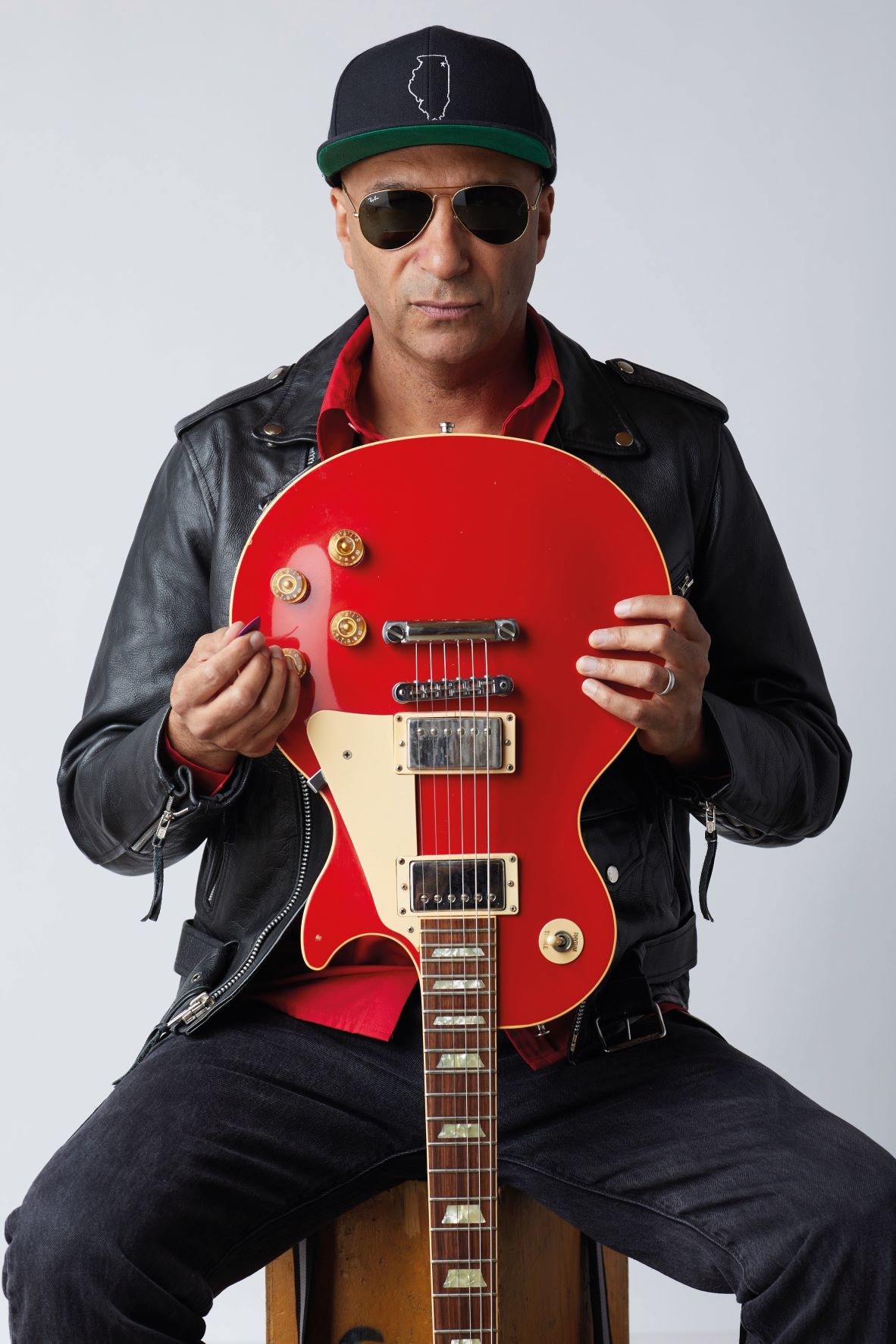
Are you surprised that Bruce isn’t given his due as a guitar player? He’s a phenomenal guitarist.
A great guitar player. I would single out Darkness on the Edge of Town as some of my favorite guitar work. Tone, feeling, melodic choice. It’s one of my favorite guitar records.
It was awesome doing guitar duels with Bruce. I had to learn 250 songs before going on tour with him, and we played songs outside of that. It can be a song he played in a bar in 1972. Just off top of his head knows it. He’s a human jukebox.
Your track with Phantogram, “Driving to Texas,” is gorgeous. Not many people would picture you fitting into what we call “dream pop.”
I worked with Josh from Phantogram on a song on the last Atlas Underground record. He and Sarah, his partner in Phantogram, reached out and wanted to do a song this past year. I was like, “I would love to.”
I love their production and their sort haunting, left-of-center, spooky vibe – “Where’s that going to take my guitar playing?” It took it in this kind of crazy, ethereal place. The solo at the end feels like this avenging angel coming down to pass judgment on the protagonist one way or the other.
Your track with Chris Stapleton sounds like taking Dylan into the 21st century. You mix these wild, spacey guitar sounds with country…
Chris is a great guy. I met him at the Chris Cornell Memorial show. We got on a Zoom call to write a song together. He’s in Nashville, I’m here, and we just spent the first two hours talking about what it’s like trying to keep the grandmas alive and keep the kids from going crazy.
That therapeutic conversation became the basis for “The War Inside.” He reminds me of Chris Cornell in a number of ways. He has this effortless ability to craft great melody out of thin air.
You’ve talked about your “misfit toys” guitar collection. Did some of them make it onto this album?
Absolutely. Each day I would pick one of those misfit toys, bring it down and maybe randomly decide, We’re going to use a delay and my $50 Kay guitar today. Then I’d just see what comes out, and who does that get sent to?
The Arm the Homeless guitar is all over it. The drop-D Tele is on it. So is my $50 Kay, my first guitar ever. It’s loud and proud on the record. The Audioslave guitar, which used to be the Budweiser guitar until I burned off the lacquer, that makes an appearance.
Most of the solos are played with the Arm the Homeless guitar, and then the rhythm tracks were just on whatever guitar I happened to choose on that day
Tom Morello
The Jimmy Page double-neck is on there, although I only used the six-string part. The baritone guitar I used for “Hold the Line” with Grandson [the pseudonym of Canadian-American Jordan Benjamin]. Most of the solos are played with the Arm the Homeless guitar, and then the rhythm tracks were just on whatever guitar I happened to choose on that day.
A lot of guitarists dream of owning ’59 sunbursts and the like. You don’t seem like you were ever that guy.
I’m not that guy at all. I will tell you, when making records with Brendan O’Brien in the past, because he is that guy, he would bring stuff from his studio and I would always be like, “It’s just a frigging Stratocaster, dude.” But then I’d think, “It actually does sound super good.” [laughs] If you like super good.
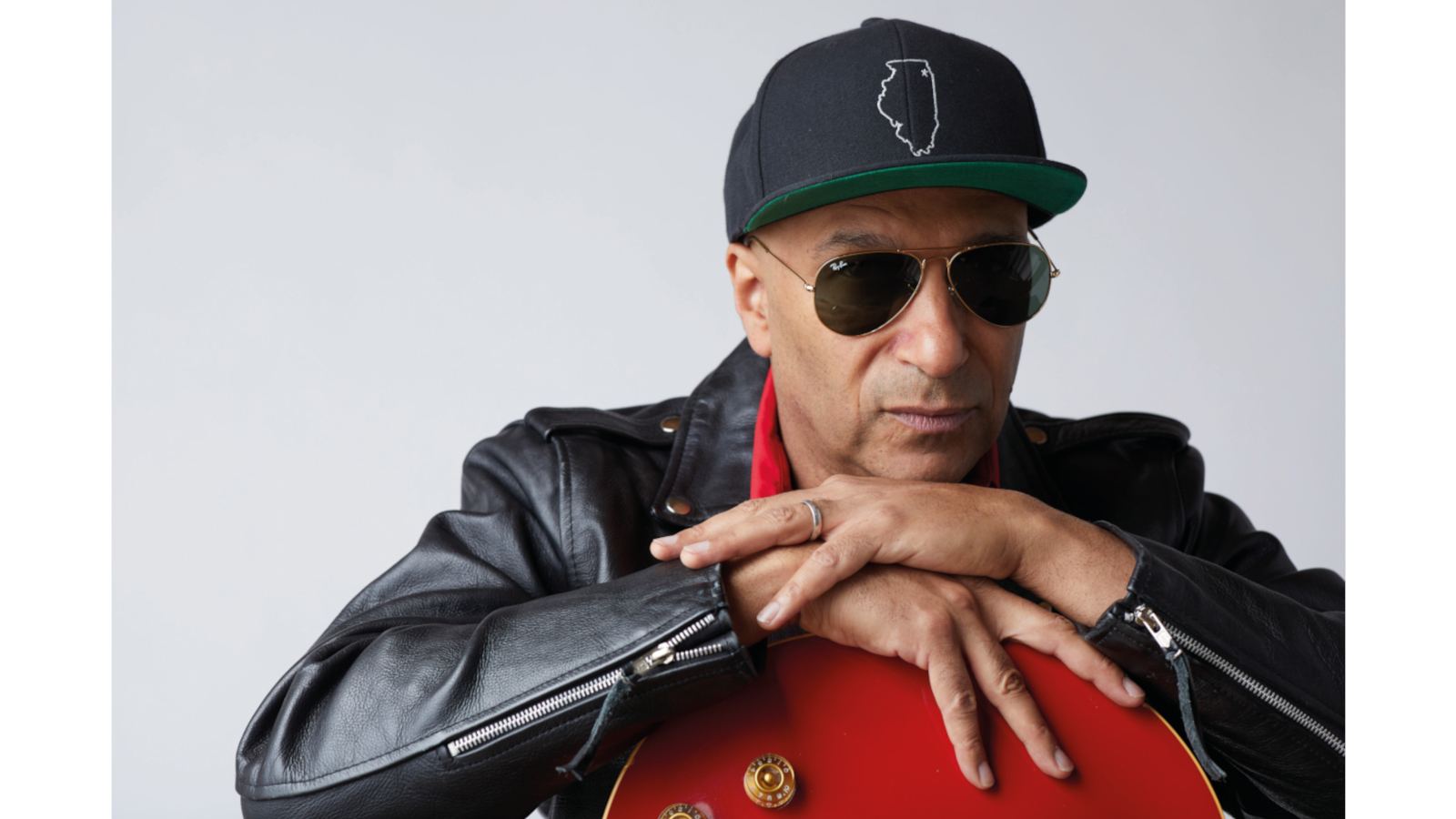
We spoke with Alex Lifeson recently, and he told us that you had invited both him and Kirk Hammett to perform on one of your new tracks. We assumed it would be on this album.
It’s a great song, and it will most definitely see the light of day. I ran into Kirk at a non-rock-and-roll-related event, and we hadn’t seen each other in years. I got to thinking, Wouldn’t it be awesome to do something?
I thought about who would be the third member of that triangle, and then I thought about Alex Lifeson, who is one of my favorite guitar players. So I reached out to him. It’s full-on head-cutting.
Given the times we live in, are you planning to return to your protest singer alter ego, the Nightwatchman?
At some point in the future, the Nightwatchman will rear his head. Right now, this process has been so liberating, and it’s been a life raft of hope during a time of anxiety. I’ve been in the bunker making these songs, and now at last people get to hear it.

Pick up a copy of Tom Morello's The Atlas Underground Fire here.
Get The Pick Newsletter
All the latest guitar news, interviews, lessons, reviews, deals and more, direct to your inbox!

Joe is a freelance journalist who has, over the past few decades, interviewed hundreds of guitarists for Guitar World, Guitar Player, MusicRadar and Classic Rock. He is also a former editor of Guitar World, contributing writer for Guitar Aficionado and VP of A&R for Island Records. He’s an enthusiastic guitarist, but he’s nowhere near the likes of the people he interviews. Surprisingly, his skills are more suited to the drums. If you need a drummer for your Beatles tribute band, look him up.
"This 'Bohemian Rhapsody' will be hard to beat in the years to come! I'm awestruck.” Brian May makes a surprise appearance at Coachella to perform Queen's hit with Benson Boone
“We’re Liverpool boys, and they say Liverpool is the capital of Ireland.” Paul McCartney explains how the Beatles introduced harmonized guitar leads to rock and roll with one remarkable song










